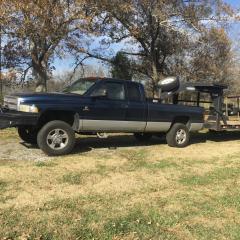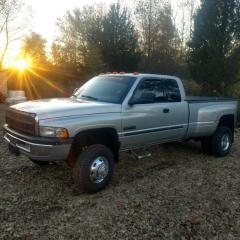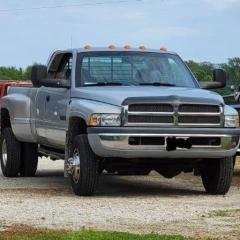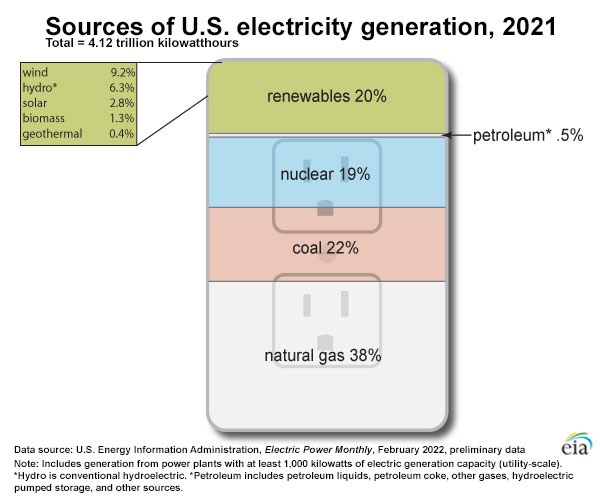- Replies 68
- Views 4.7k
- Created
- Last Reply
Top Posters In This Topic
-
 Me78569 18 posts
Me78569 18 posts -
 Andyba20 13 posts
Andyba20 13 posts -
 Mopar1973Man 12 posts
Mopar1973Man 12 posts -
JAG1 10 posts
Most Popular Posts
-
I totally agree. My biggest push back on EVs is the fact that it's being legislated, slowly but surely, as this is what you will use, practical or not, too bad. Let the market decide. T
-
We were born 150 years too late, back in the day Americans could do stuff like this…you try that today and the federal government would own you forever…no good deed right? Gotta start resisting
-
The technology has been invented several times over to greatly increase fuel efficiency of the internal combustion engine. Problem is the oil companies bought up the patents and buried the technology.






Some things to look at about Biden's green new deal.
https://www.tiktok.com/t/ZTRCd7HXD/
https://www.tiktok.com/t/ZTRCdtARq/
https://www.tiktok.com/t/ZTRCdpxXu/
https://www.tiktok.com/t/ZTRCdcv1X/
So far there is bigger issues with the green new deal. So let's look how politicians travel by air and nothing said about jet pollution.
Let's start with a look at the most famous of jets, the Boeing 747. The Boeing website states that this model, with a gas tank capacity of 63,500 gallons, may burn five gallons of jet fuel per mile of flight. A 4,000-mile flight, then, requires 20,000 gallons of fuel. Sep 26, 2016.
Let's consider that there is no enough power to deal with just the EVs in California and lake Mead is almost dry main supply of California's power. Even that California's power is being rationed.
https://www.tiktok.com/t/ZTRCR5LFQ/
Then just consider all the forest fires the USFS is lighting up calling them a prescribed burn, also allowing fires to get out of hand. Huge pollution of CO2 here in the northwest. Then consider all the EV fires.
https://www.tiktok.com/t/ZTRCRrpTM/
EVs are not going to solve any issues. Just consider the amount of fires EVs have had.
Just consider the Ford Lightning. How long would it take to tow 10k trailer 2,000 miles?
https://www.tiktok.com/t/ZTRCR5pms/
Edited by Mopar1973Man